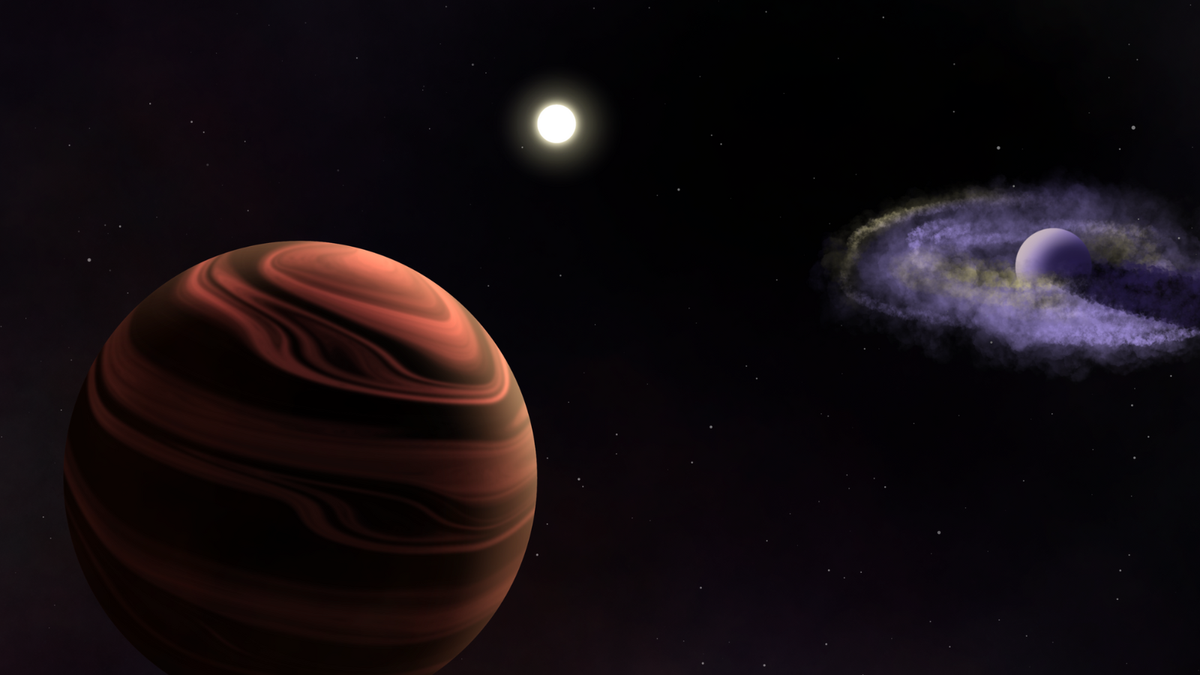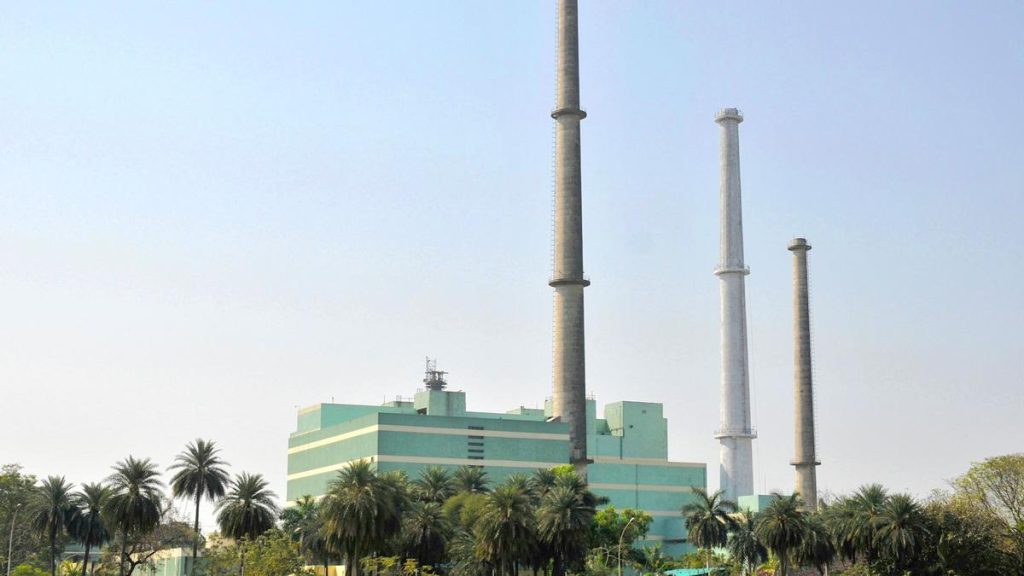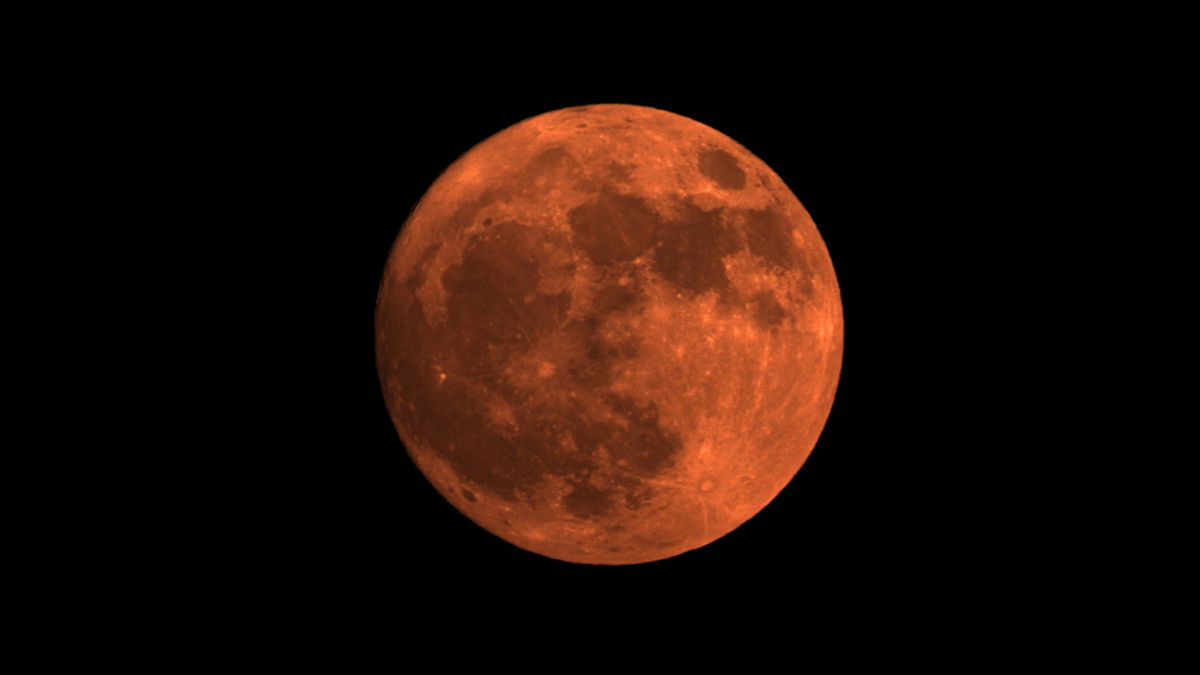Now Reading: James Webb Telescope Finds Exoplanet with ‘Sand Rain’ and Unique Companion
-
01
James Webb Telescope Finds Exoplanet with ‘Sand Rain’ and Unique Companion
James Webb Telescope Finds Exoplanet with ‘Sand Rain’ and Unique Companion

Fast Summary
- Finding: Using the James Webb Space Telescope (JWST), astronomers have identified a planetary system, YSES-1, located 300 light-years away, orbiting a star 16.7 million years old.
- Planets: The system contains two gas giant exoplanets-YSES-1 b and YSES-1 c-both rich in coarse silica materials (sand-like clouds).
– YSES-1 b: Still forming; possesses a circumplanetary disk filled with silicates used for its growth.
– YSES-1 c: 14 times Jupiter’s mass; has reddish sand clouds in its atmosphere creating sandy rains.
- Significance to Science: First direct observation of silica clouds high in an exoplanet’s atmosphere and in a circumplanetary disk. These observations may aid studies on planet formation mechanisms akin to those shaping the solar system’s planets like Jupiter and Saturn.
- Expert Quote: Valentina D’orazi emphasized the importance of studying silicate clouds for understanding atmospheric processes and improving models of climate chemistry beyond Earth’s surroundings.
- Research Impact: Findings enable exploration of young planetary advancement through high-quality spectral data from distant planets using JWST. Published in Nature on June 10.
!An illustration of the YSES-1 planetary system
Image credit: Ellis Bogat
!Illustration showing JWST deployed in orbit
Image credit: NASA GSFC/CIL/Adriana Manrique Gutierrez
Indian Opinion Analysis
India’s growing focus on space exploration can benefit significantly from advancements demonstrated by telescopes like JWST. Observations such as these highlight how detailed spectral analysis can deepen our understanding of cosmic environments, reinforcing India’s commitment to building state-of-the-art observatories like ASTROSAT or participating actively with international collaborations.from an academic viewpoint, this discovery emphasizes interdisciplinary research combining astronomy and material science-an area ripe for Indian scientific institutions to engage further. With ongoing discussions around india’s ambitious Gaganyaan mission and lunar exploration initiatives, insights into planet formation dynamics could inspire new theoretical models tailored to understudied environments closer to Earth or within our frame of interstellar study.
Furthermore, fostering global partnerships is key since equipment like JWST illustrates that monumental progress often stems from collaborative efforts across nations-a principle relevant amid India’s increasing role on the world scientific stage.




























